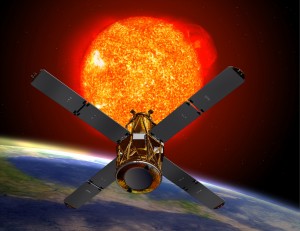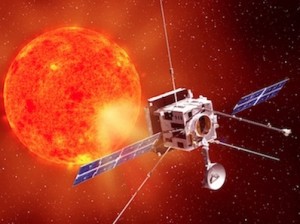
Congratulations to Professor John Brown who has been awarded the 2012 Royal Astronomy Society Gold Medal for Geophysics.
Professor John Brown, 10th Astronomer Royal for Scotland and former Regius Chair of Astronomy at the University of Glasgow is awarded the 2012 RAS Gold Medal for Geophysics.
Early in his career Professor Brown’s ‘collisional thick-target model’ led to a new paradigm for the production of X-rays by electrons in solar flares. Identifying the mechanism of electron acceleration remains a central and unsolved problem in solar activity and his seminal work on deriving the accelerated electron distributions from their observable X-ray emission is still the landmark paper in the field, cited over 600 times.
His leading role in NASA’s award-winning Reuven Ramaty High Energy Solar Spectroscopic Imager (RHESSI) mission is testament to his impact in high-energy solar physics, where his work encompasses the interpretation of the properties of X-ray signatures, the modelling of particle acceleration and transport in the solar atmosphere and the analysis of the response of the flaring solar atmosphere.
Throughout his distinguished and productive research career John has collaborated widely, and – especially in his role as Astronomer Royal for Scotland – has inspired the astronomical passions of thousands of people across the UK and overseas through presentations, in person and on television and radio.
For his outstanding work in research, leadership and outreach Professor Brown is awarded the Gold Medal of the Royal Astronomical Society.
Full RAS press release.
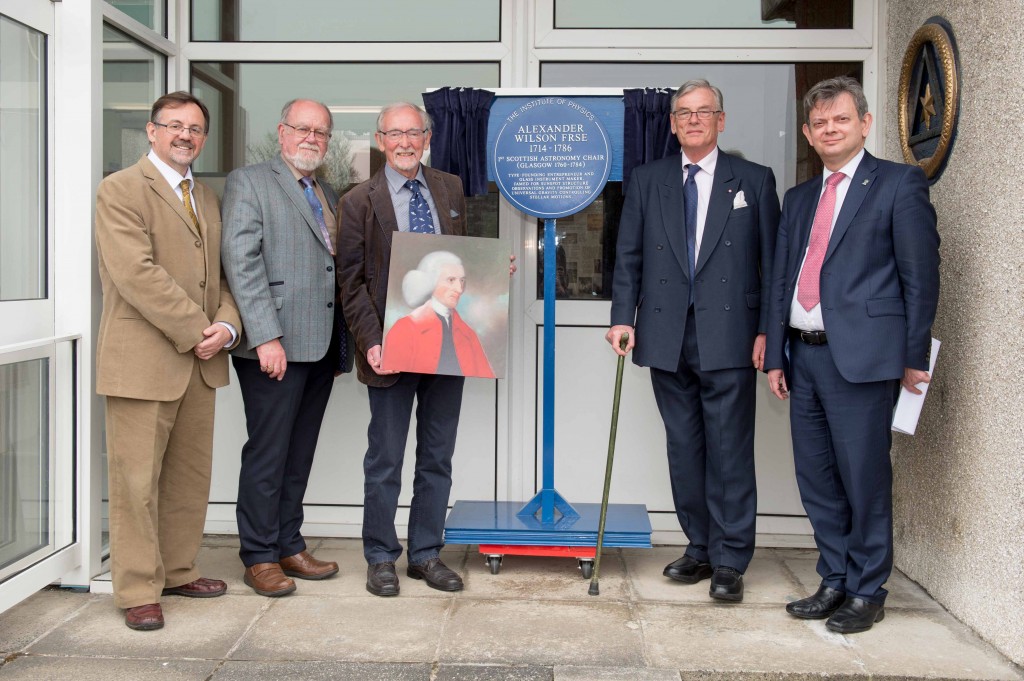
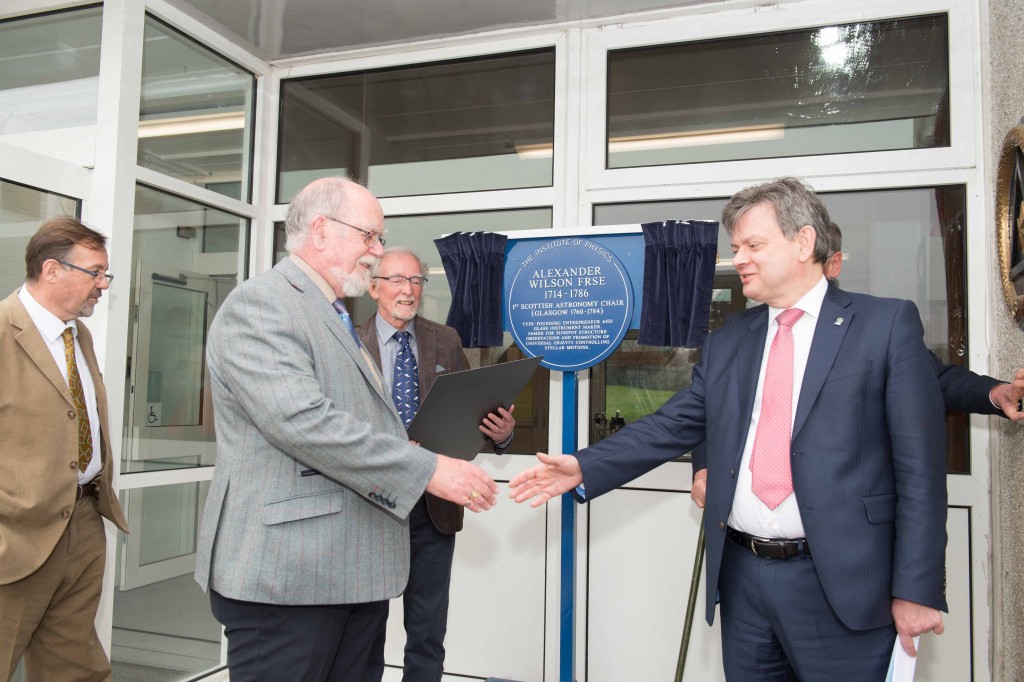
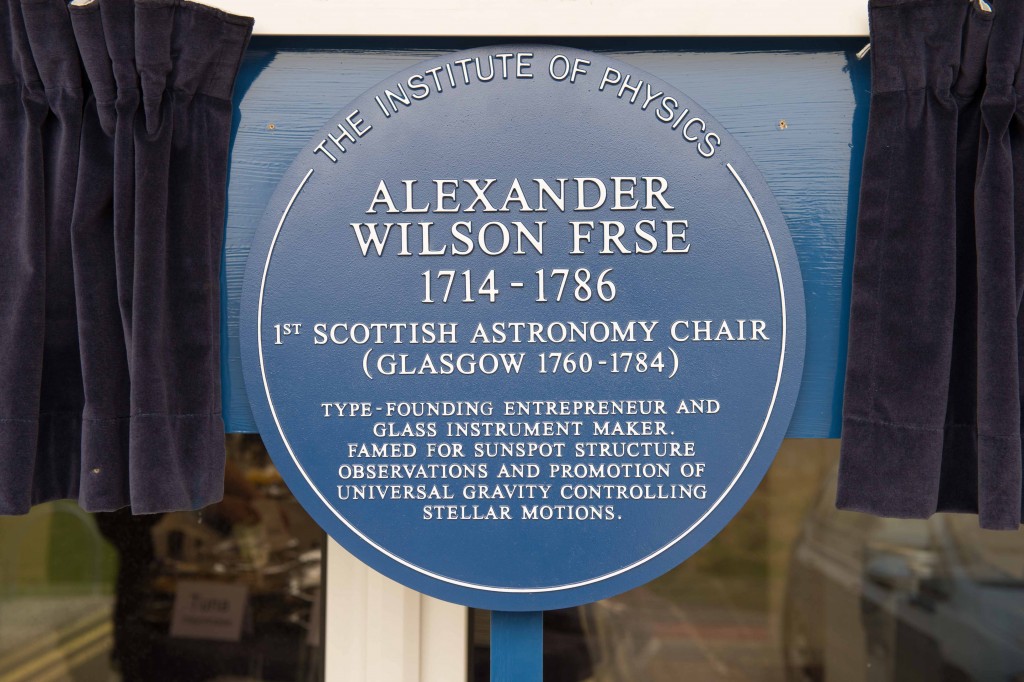
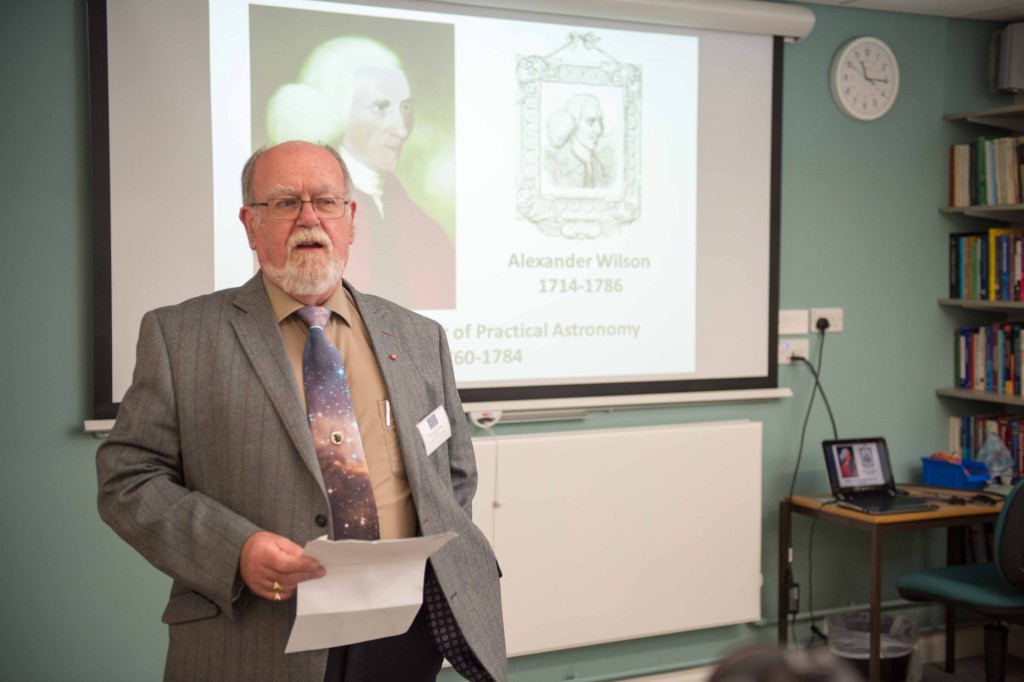
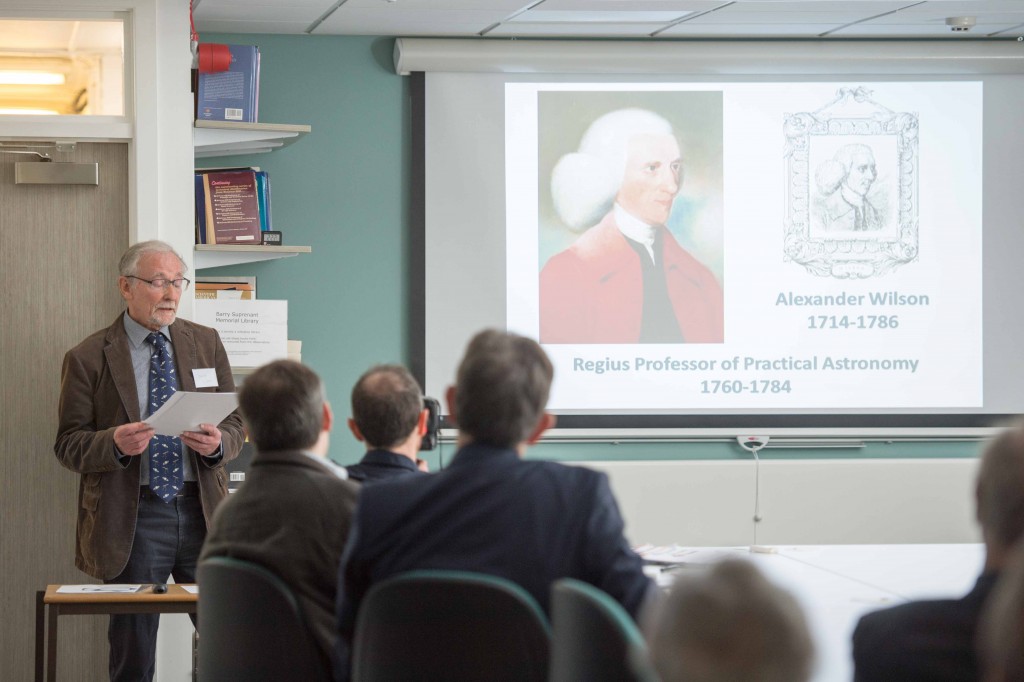
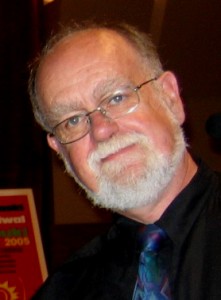
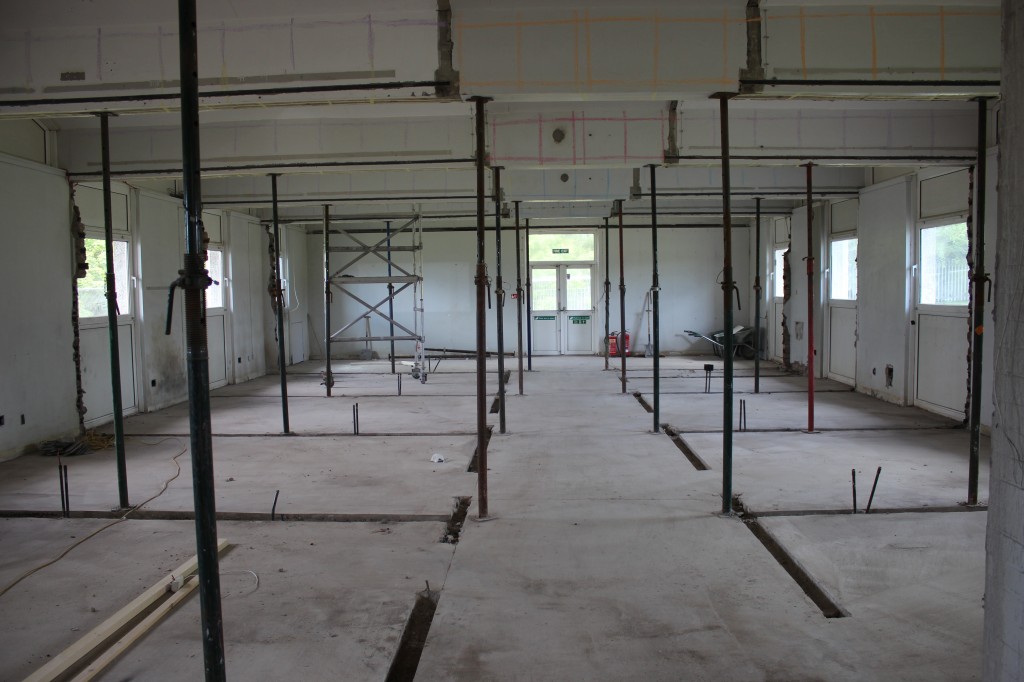
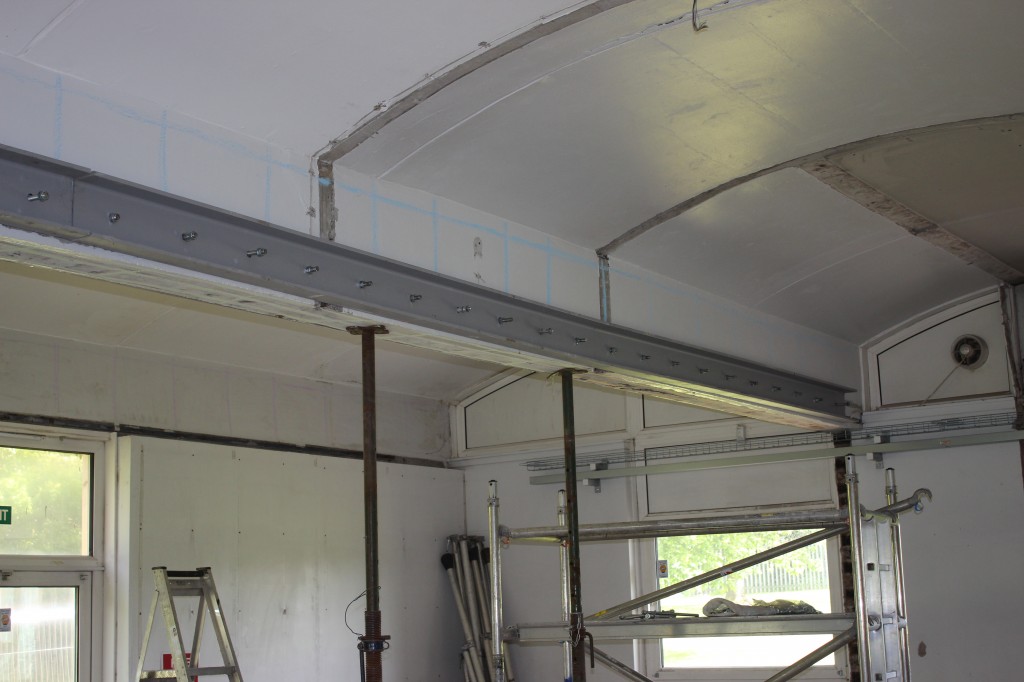
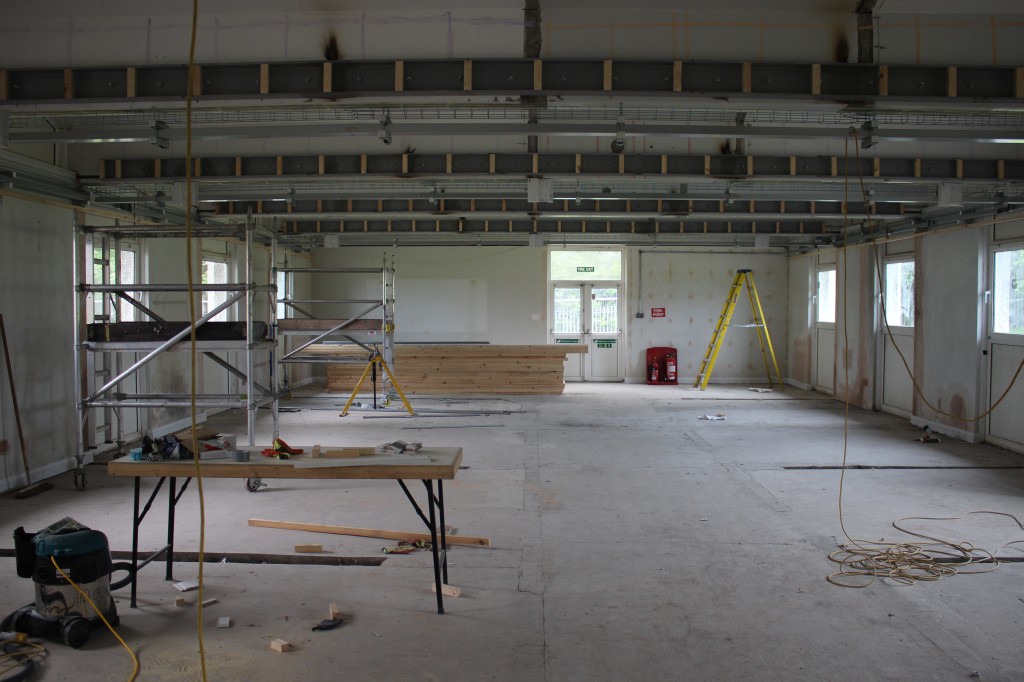
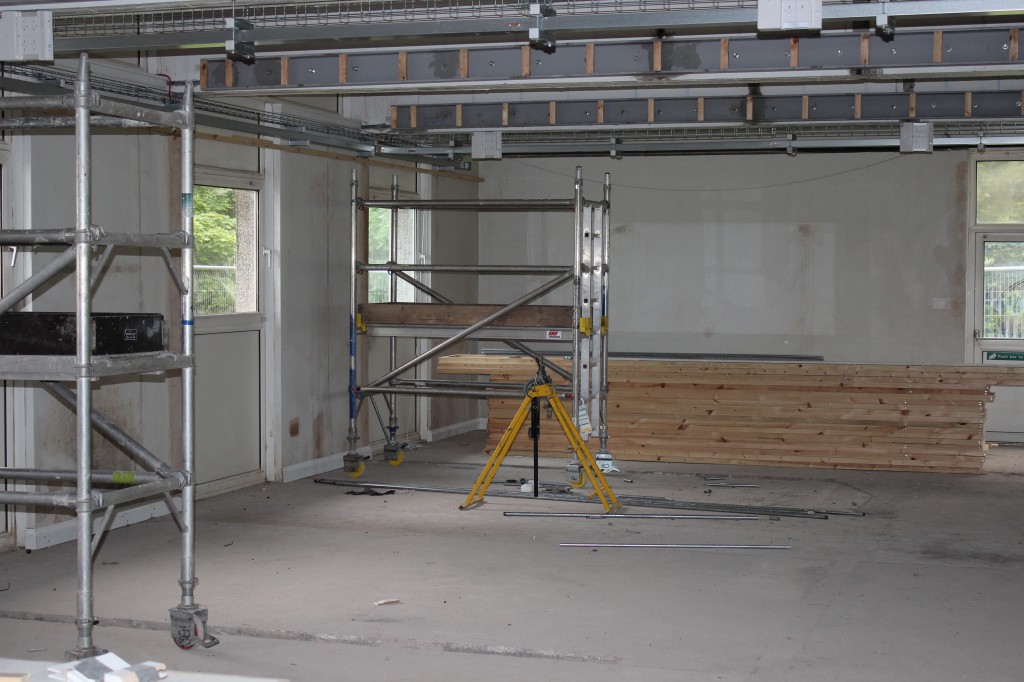
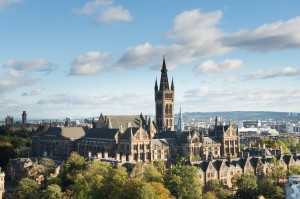
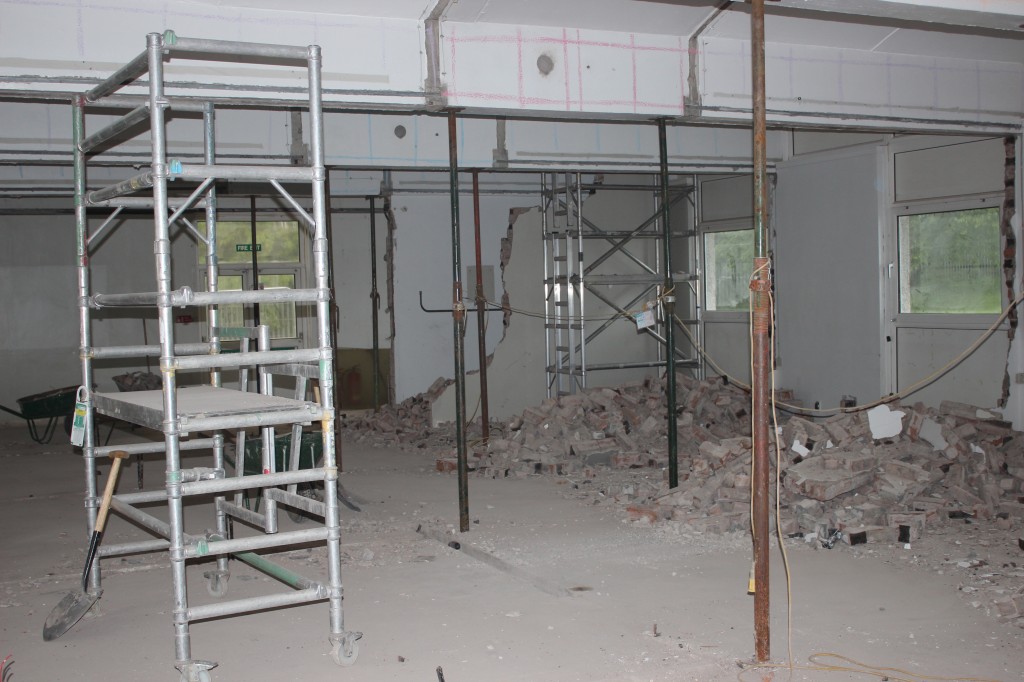
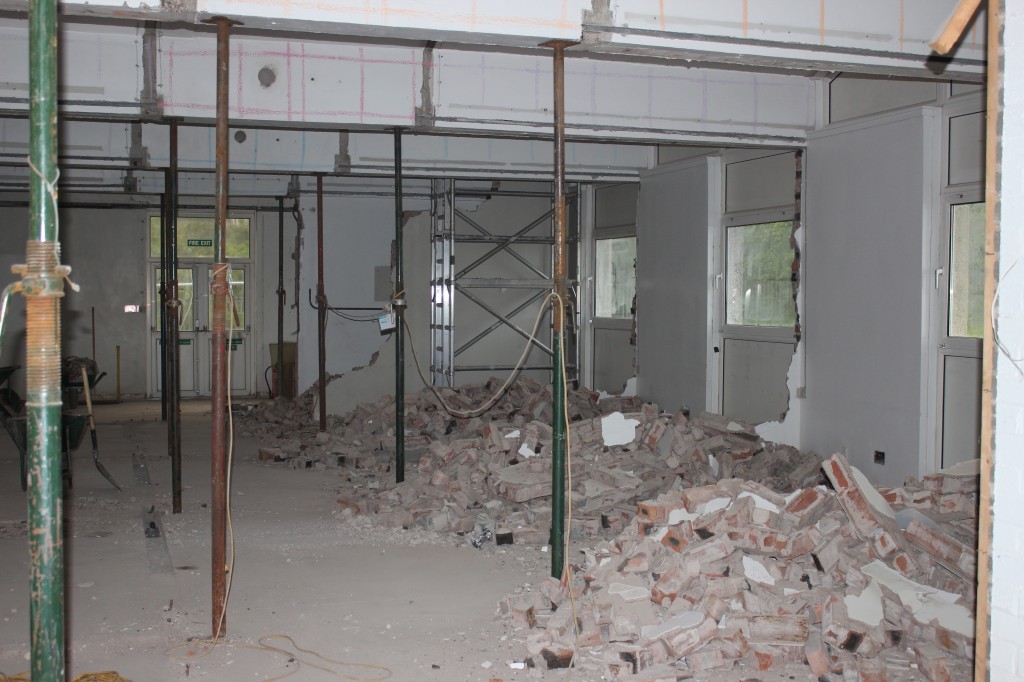
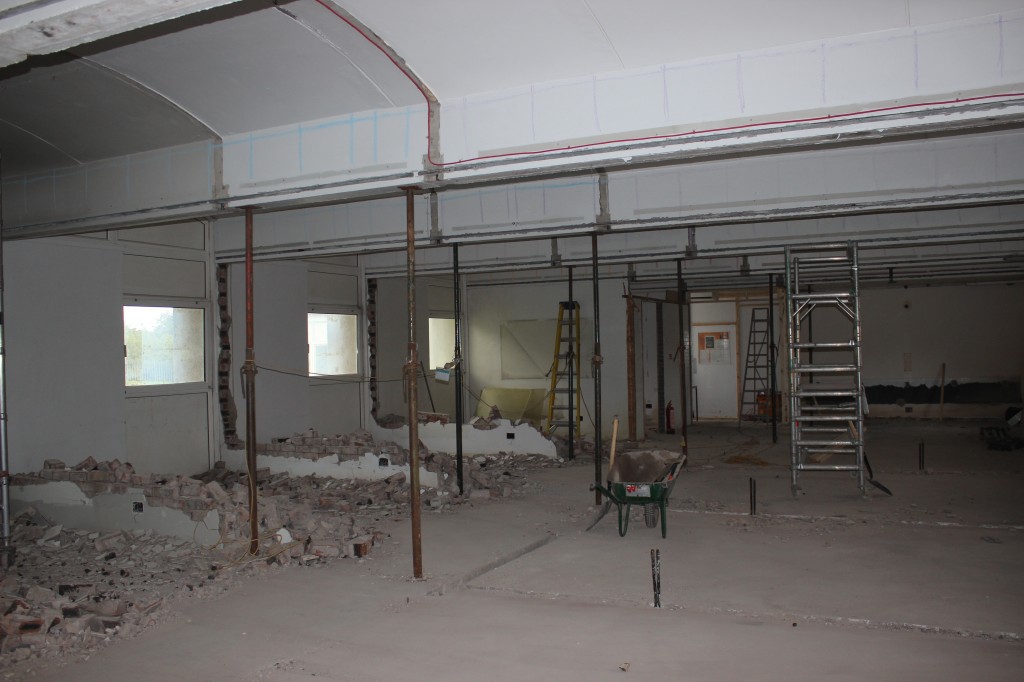
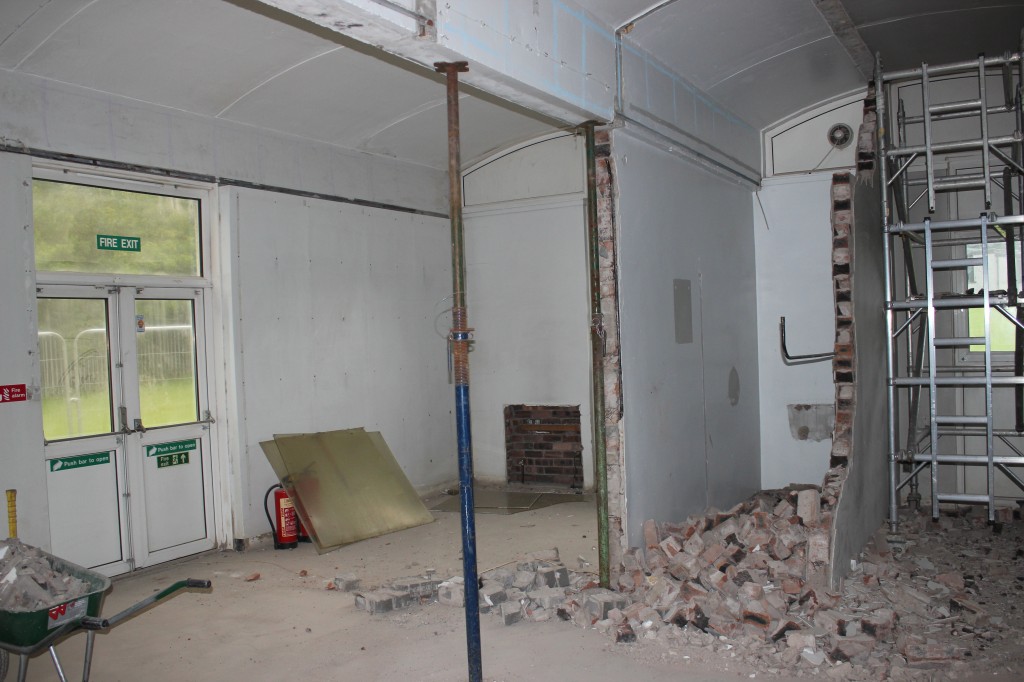
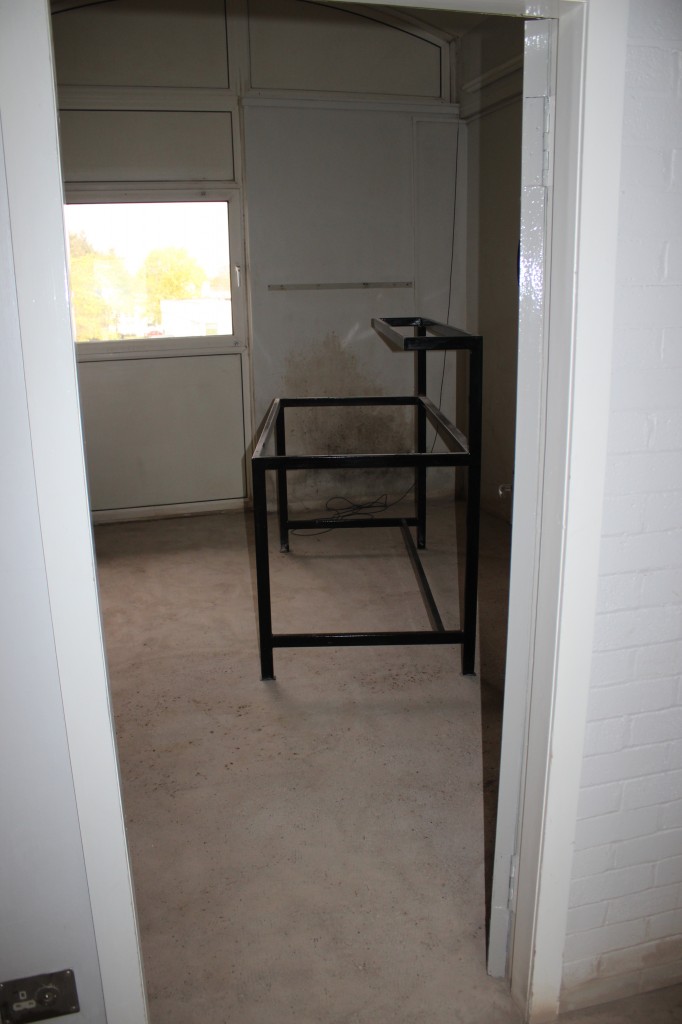
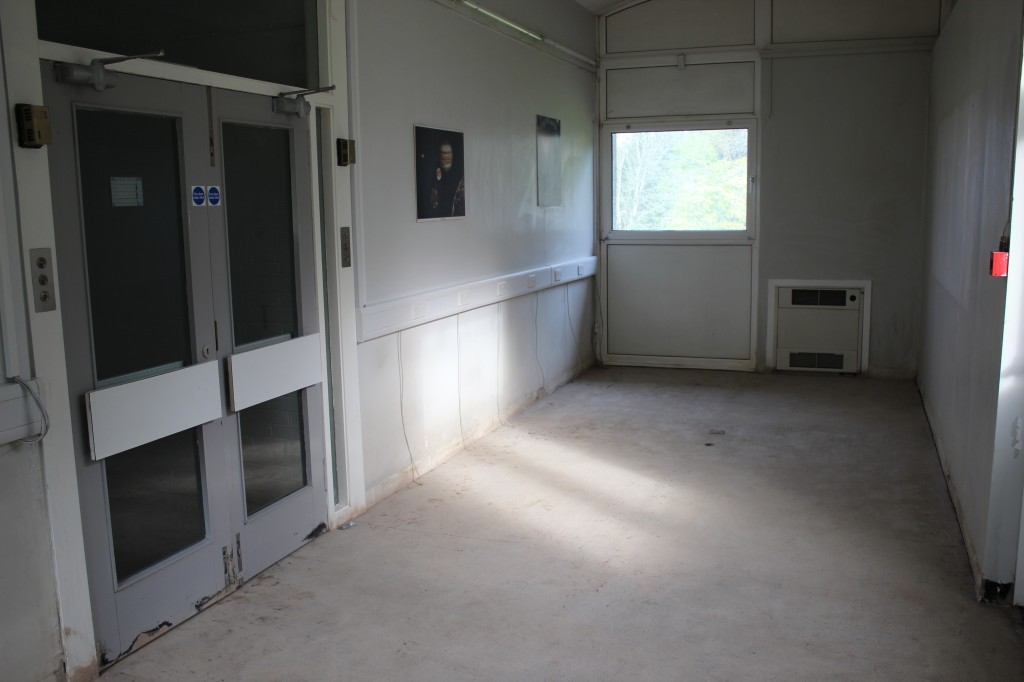
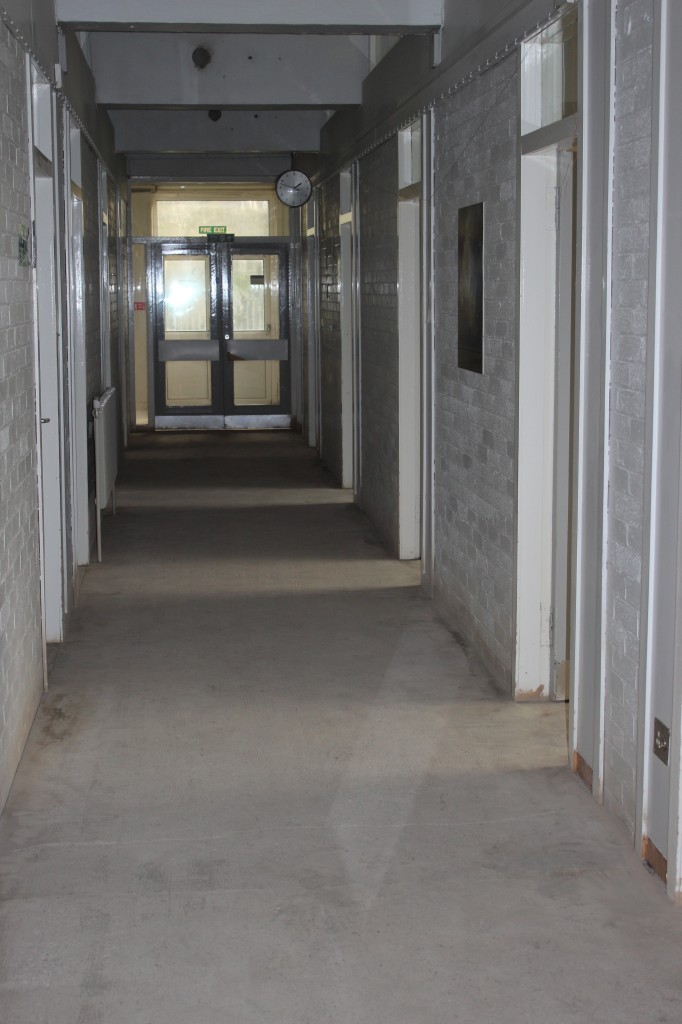
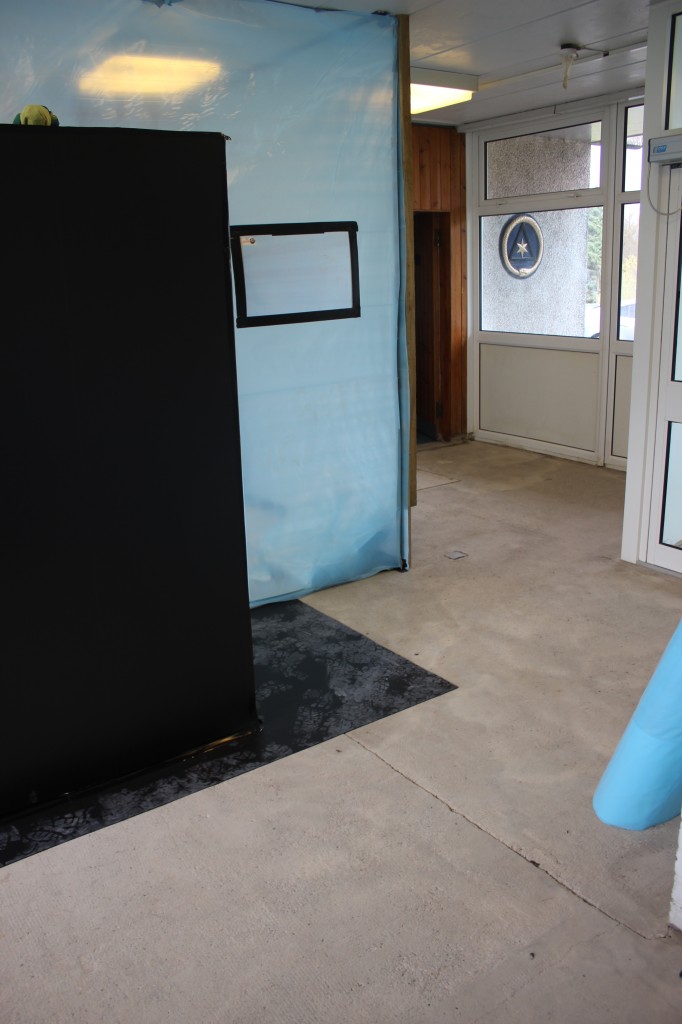

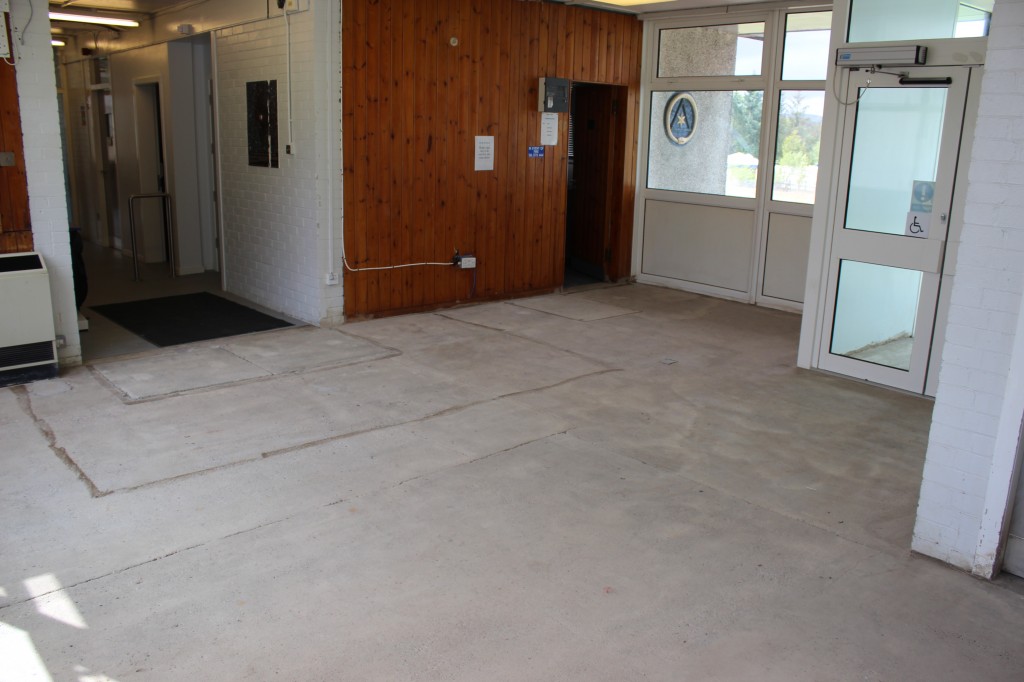
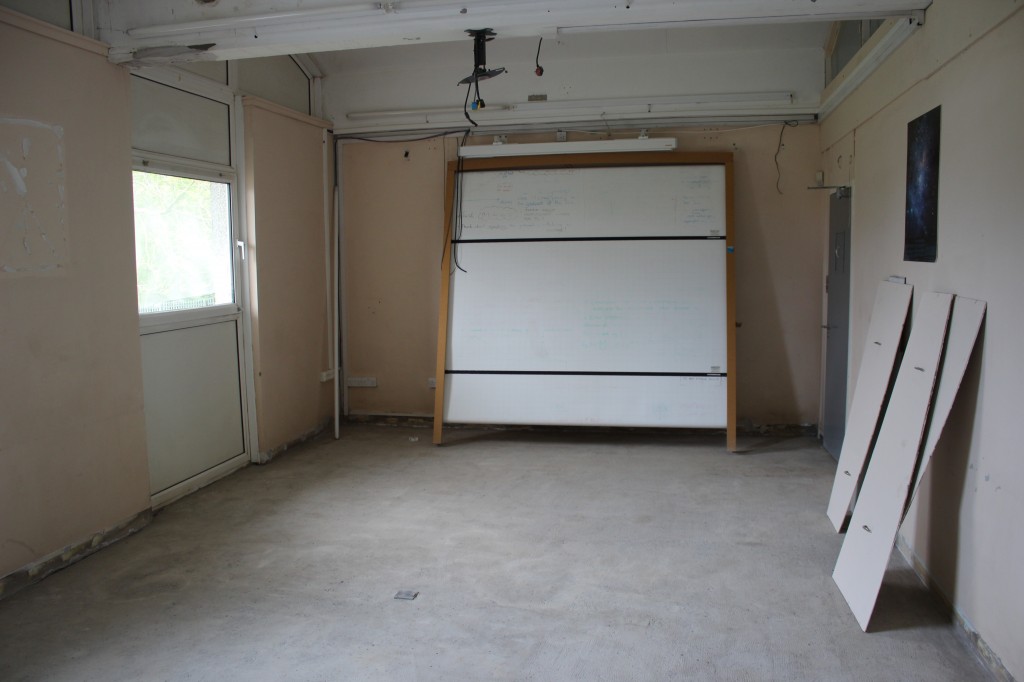
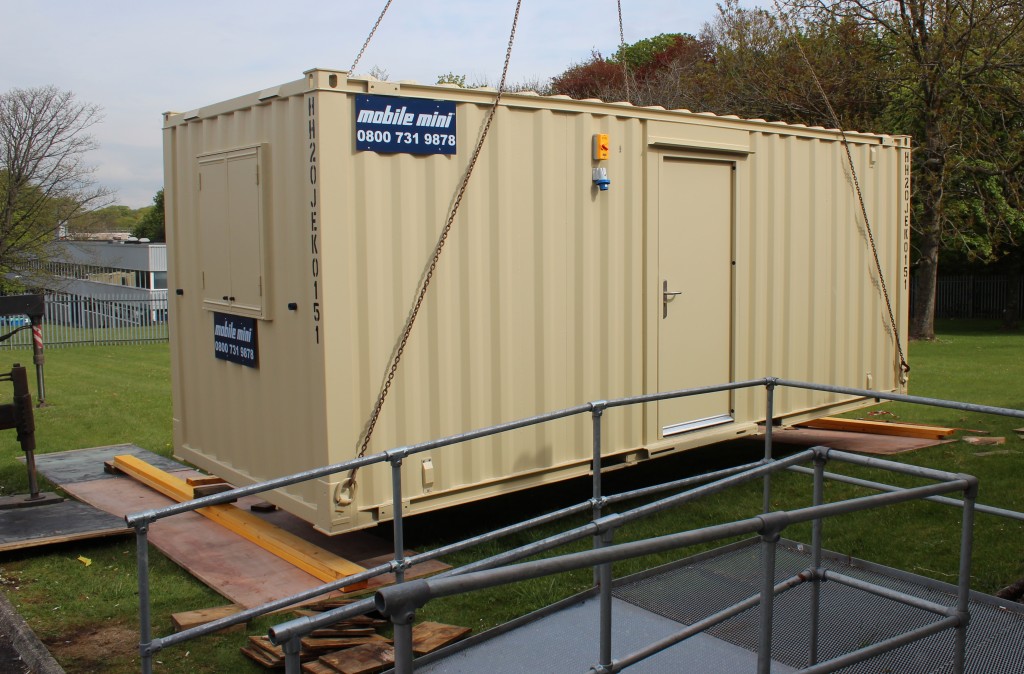

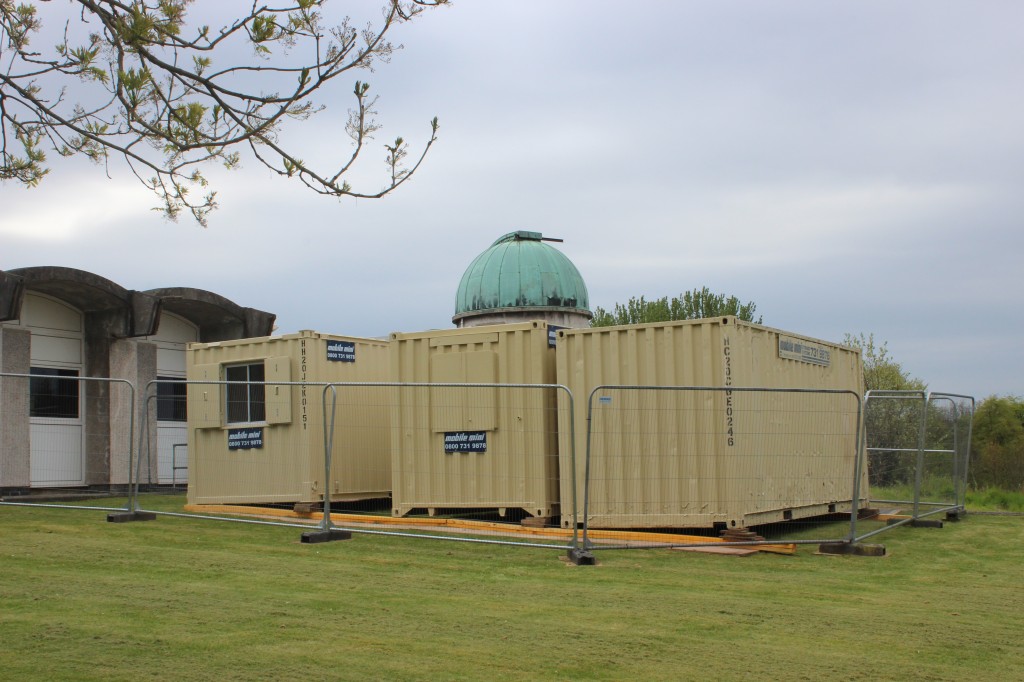
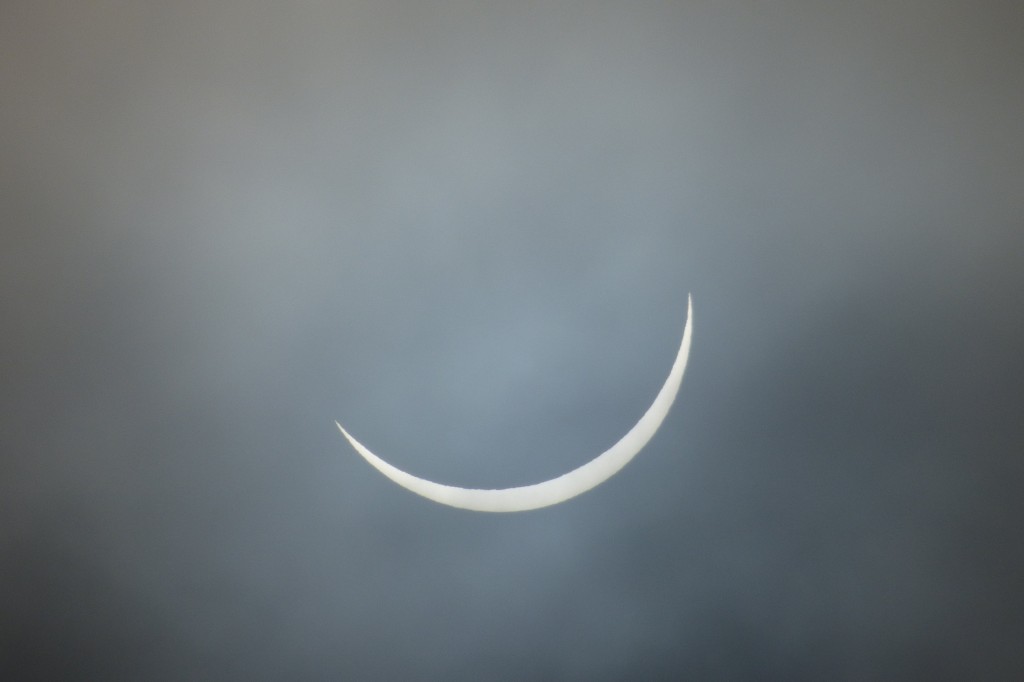
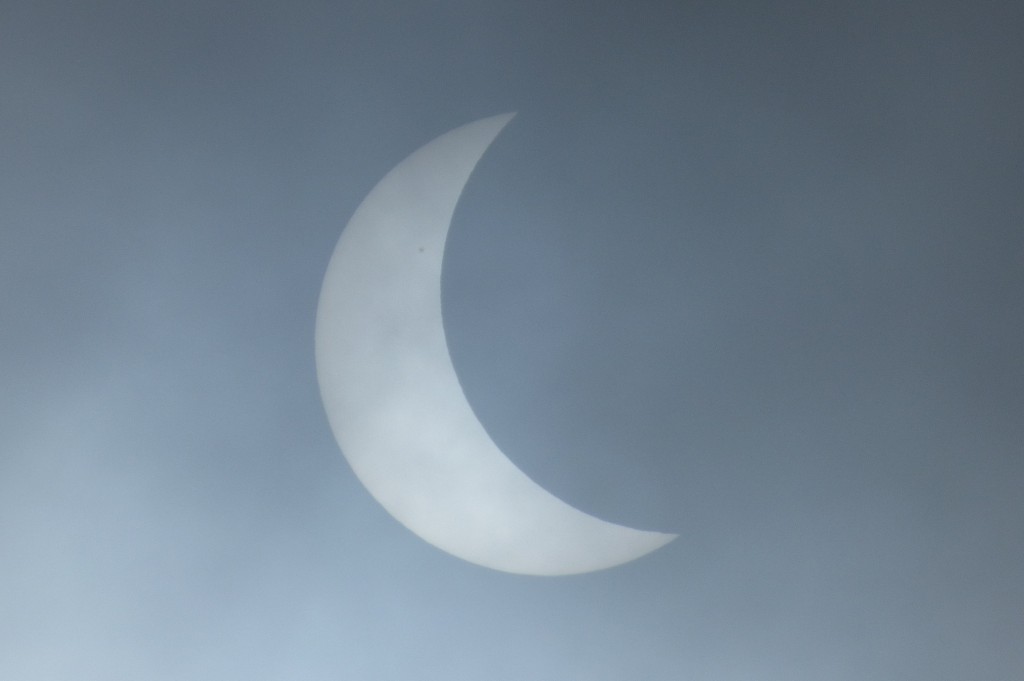
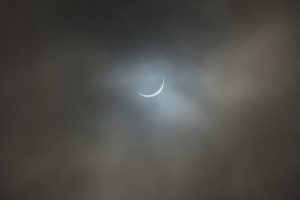
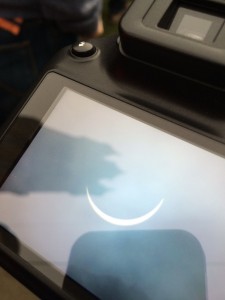
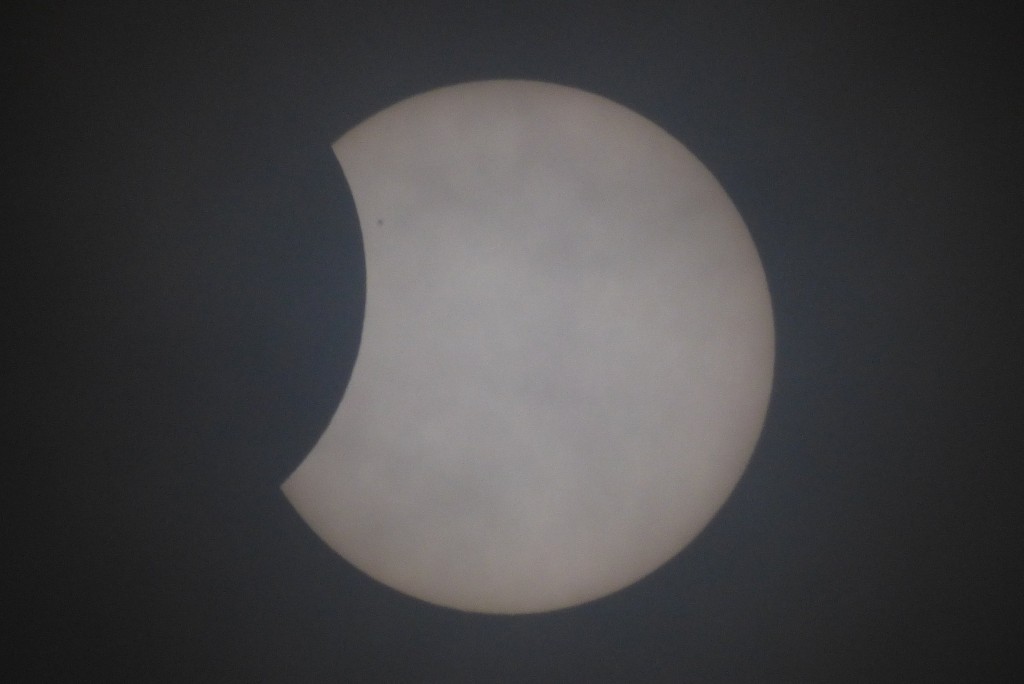

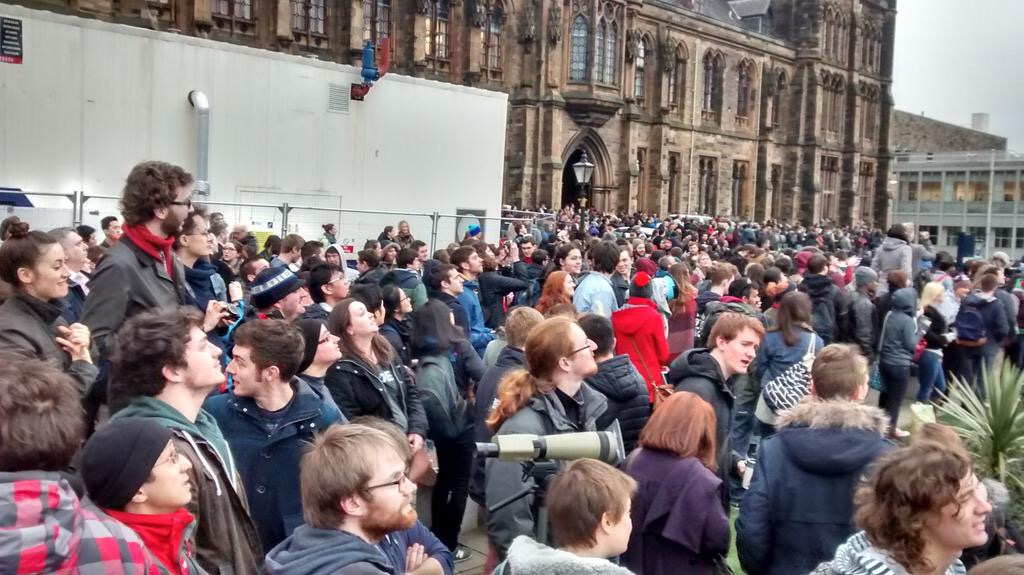
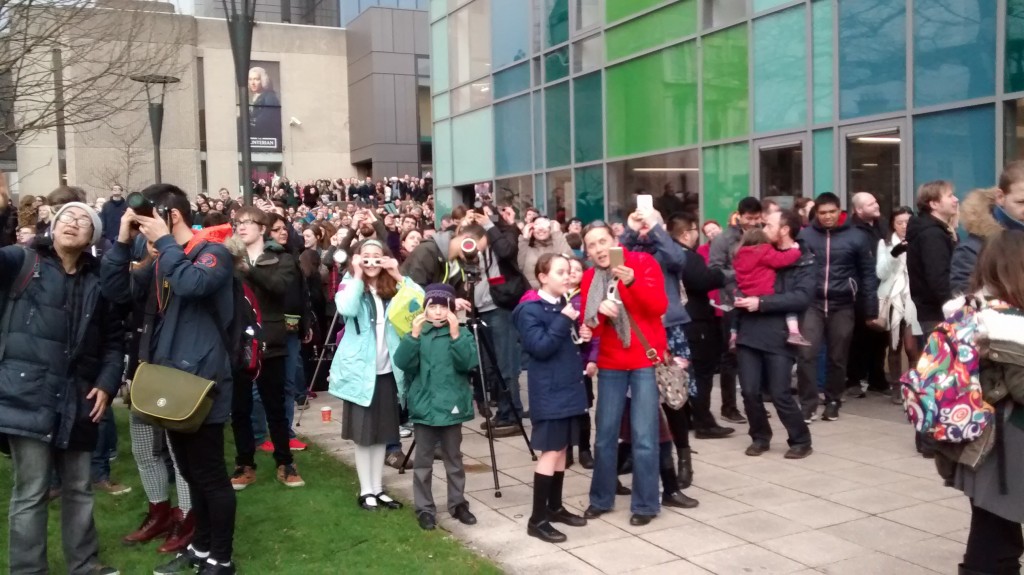
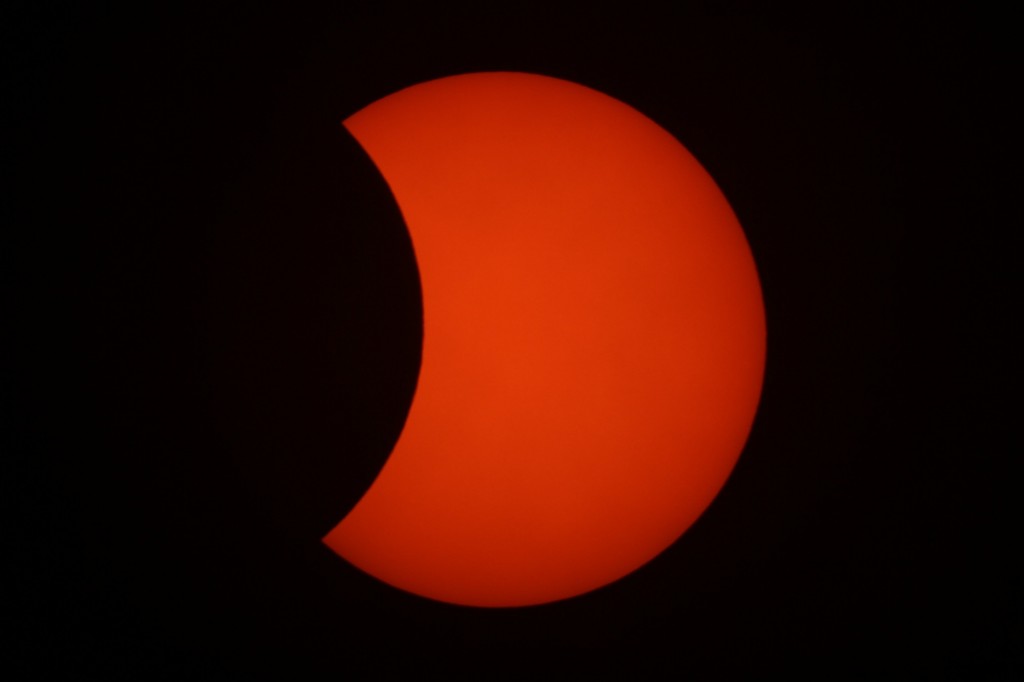
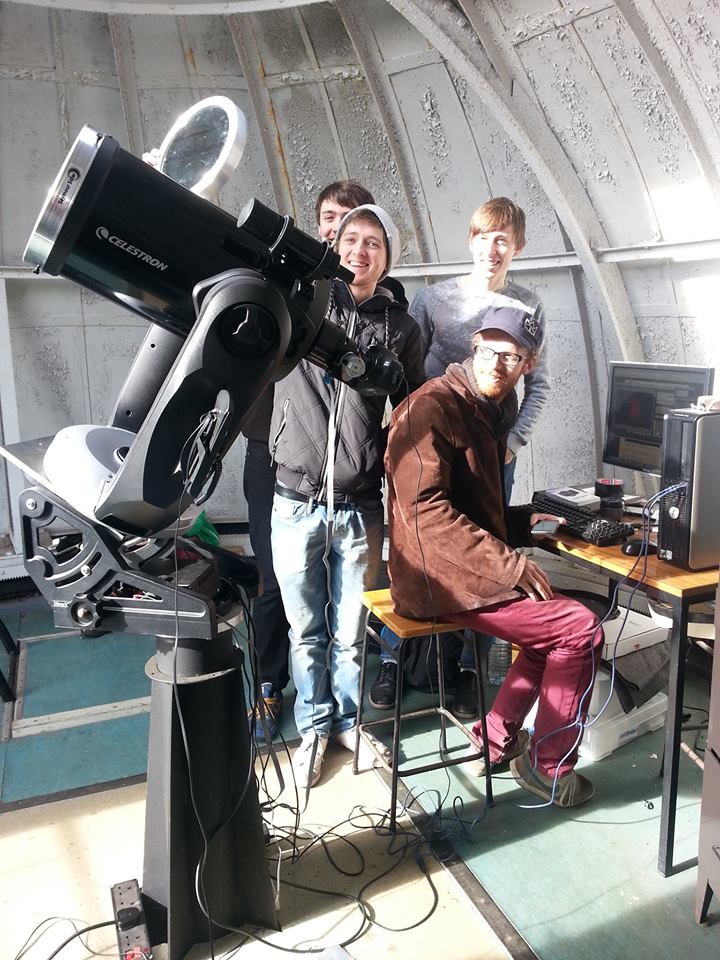
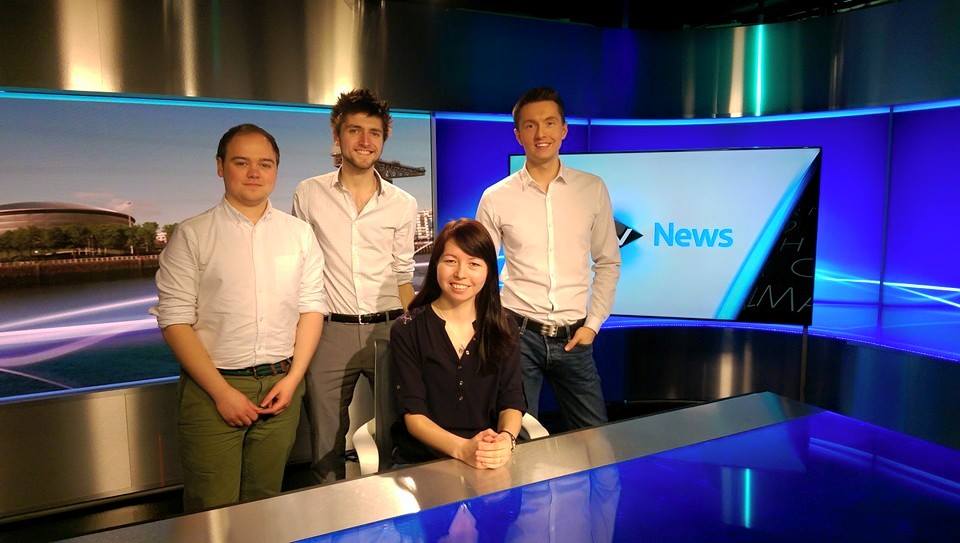

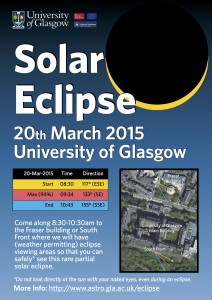
 Congratulations to
Congratulations to 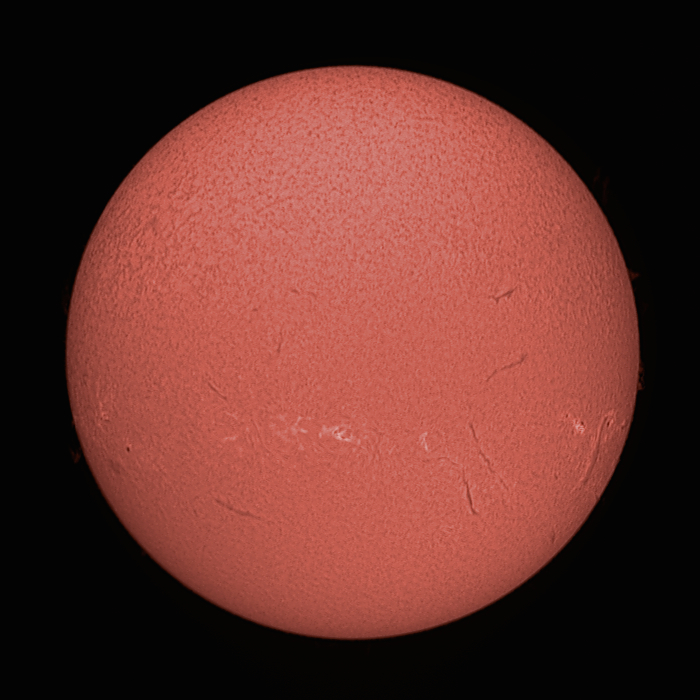
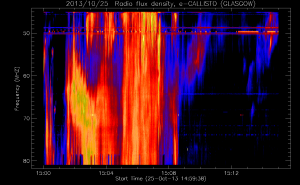
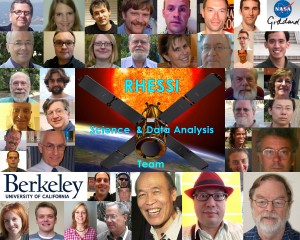 In July the Science and Data Analysis Team working on
In July the Science and Data Analysis Team working on 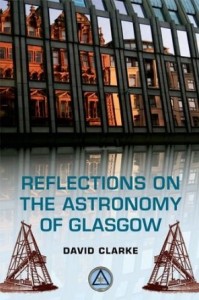
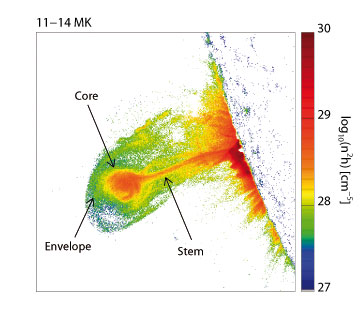
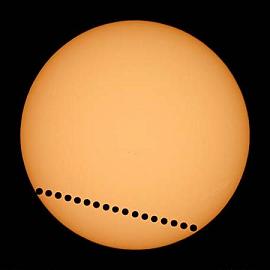 On June 5th and 6th 2012 the world will witness a very special astronomical event: a Transit of Venus across the disk of the Sun. Such transits are extremely rare: only six have been observed throughout recorded history and the next transit will not occur until 2117.
On June 5th and 6th 2012 the world will witness a very special astronomical event: a Transit of Venus across the disk of the Sun. Such transits are extremely rare: only six have been observed throughout recorded history and the next transit will not occur until 2117.